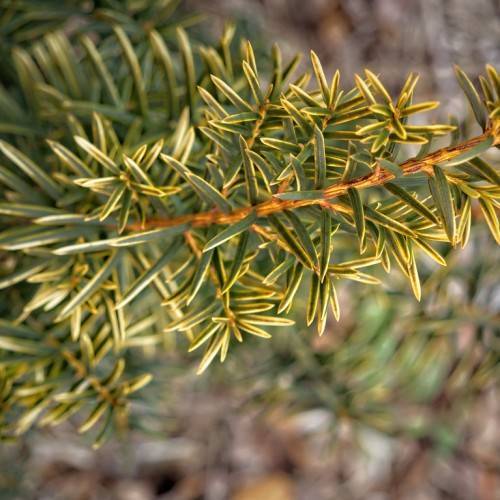
Japanese yew
Taxus cuspidata
Cycle:
Perennial
Watering:
Average
Hardiness Zone:
4 - 7
Flowers:
Flowers
Sun:
Full sun,part shade
Leaf:
Yes
Growth Rate:
Low
Maintenance:
Low
Poisonous To Humans:
Yes
Poisonous To Pets:
Yes
Drought Tolerant:
Yes
Salt Tolerant:
Yes
Thorny:
Yes
Care Level:
Moderate
watering
Japanese yew requires moderate watering, especially during summer when the soil should be kept moist but never soggy. During winter, it's better to allow the soil to mostly dry out between waterings. It's important to keep water away from the stems of the plant, as they can rot if kept constantly moist. When watering, it's best to water slowly and deeply around the base of the plant. Aim to water once per week in the spring and summer, and every 2-3 weeks in the fall and winter.
sunlight
Japanese yews prefer to grow in partial to full shade, so they need only a few hours of direct sunlight each day. The best time for Japanese yew to receive its sunlight is during the morning hours, generally before 10:00 am. This plant will thrive in indirect, bright light for the majority of the day, then direct sun in the morning. Too much direct sunlight can damage the foliage of the Japanese yew, so be sure not to keep it in direct sun beyond the morning hours.
pruning
Japanese yew should be pruned lightly in early spring, before new growth appears. Pruning the plant lightly will create a more compact shape, help maintain its form, and remove dead or diseased branches. When pruning Japanese yew, aim to remove only a few branches at a time, removing no more than 1-third of the crown. In addition, any branches that are crossing over or rubbing against each other should also be removed.
